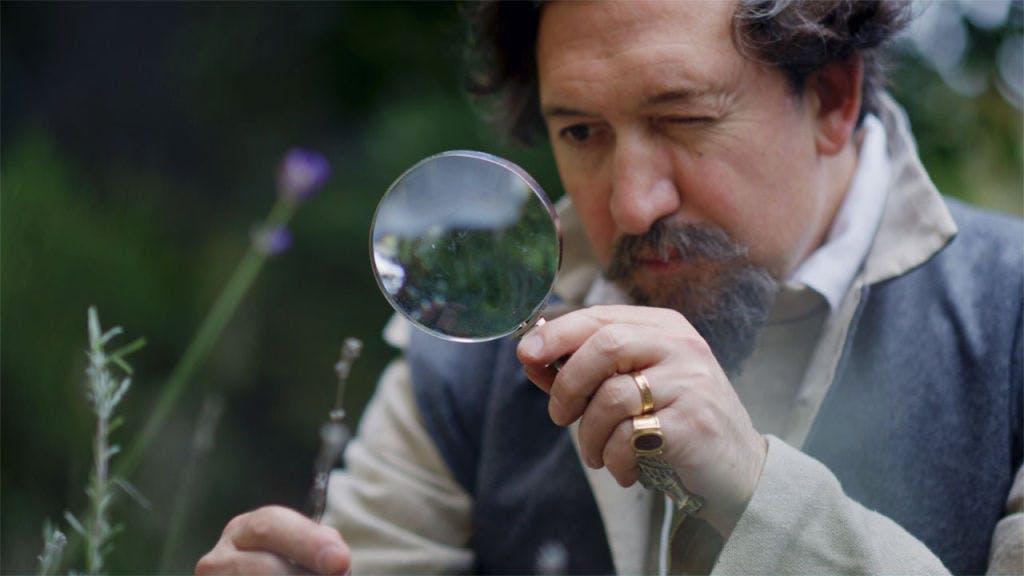
Video
About this learning resource
Format: Video
Once a favourite of Elizabeth I and famed for his expeditions to the New World, Sir Walter Raleigh was imprisoned at the Tower of London for 13 years by the new king, James I. This video tells the extraordinary story of how, after losing his power and position and under constant threat of execution, Raleigh struggled with depression before discovering he could help rebuild his own wellbeing by developing a medicinal garden outside his prison cell and making plant-based remedies. Some of Raleigh's plant ingredients are still used in medicines today. Please note: This video includes a reference to a suicide attempt.
National Curriculum links
- Lives of significant individuals in the past who have contributed to national and international achievements
- Be able to ask and answer simple questions about historical stories
- Explore how to maintain physical, mental and emotional health and wellbeing
Learning objectives
- Learn who Sir Walter Raleigh was
- Understand the impact Raleigh’s imprisonment had on his mental and physical health and how some of the activities he developed while imprisoned may have improved them
This content is hosted on YouTube
This content may be using cookies and other technologies for which we need your consent before loading. To view the content, you need to enable cookies for "Targeting Cookies & Other Technologies".
Manage CookiesResource Information
Key Stage
- KS2 (age 7-11)
- KS3 (age 11-14)
- KS4 (age 15-16)
- KS5 (age 16+)
- SEND
- Home Educators
Subjects
- History
- PSHE
Topic
- Stuarts
- Elizabethans
- Crime & Punishment
Type
- Videos
Palace
- Tower of London

In this episode, students learn to spot key Georgian building features such as symmetry and columns and domes. They’ll also discover more about how the ancient Greeks and Romans inspired Georgian builders.

In this episode, students learn to spot key Stuart building features such as stone and brick plus sash windows. They’ll also discover more about the Master Builder Christopher Wren and what happened after the Great Fire of London.

In this episode, students will discover the key features of a Norman castle including arch shaped windows, crenellations and indoor toilets! They'll also discover what happened in 1066 and why there are so many Norman castles across the UK.
